With all the monsters Richard Stanley has brought to us on screen, it's ironically his personal life and the controversy surrounding it that comes off almost as a spooky and outlandish tale around the campfire. It's like an impossible monster with vague details, returning again and again, with the lore changing slightly every time.Controversy has followed filmmaker Richard Stanley throughout the entirety of his career. With each step forward, some new information would send the South African-born creative two steps back. His film The Color Out of Space, released in 2019 (and starring an incredible Nicolas Cage), was hailed as the horror auteur's big comeback... only for time to repeat itself and find Stanley once again with a hook for a hand, bested by tradition and never to be seen again...
Introducing Richard Stanley
Born in Cape Town in 1966, Stanley's filmmaking upbringing is a similar tale. Having seen King Kong, and being a huge fan of Ray Harryhausen's creature creations, Stanley began fiddling around with his own Super 8 shorts. Distinct in his own look, Stanley has always donned the black hat and dark clothes. A firm believer in magic, medallions dangle from his neck, and cigarettes guide his hands. With his time spent in London in the '80s and '90s, Stanley's voice is a nasal mix of upper class English gent with South African tones consistently attempting to disrupt.
Stanley shot documentaries in war zones, and as his confidence and skill gradually grew, he moved to London and started shooting music videos. Through these handfuls of videos, all so uniquely different and vibrant, his style could already be glimpsed, though it was still evolving and finding itself.
A video for Public Image Limited (John Lydon's band after The Sex Pistols) showcased a blocky hospital with all types of kinky patients and staff. Aptly titled "The Body," it is a graphic and inventive short that would show off Stanley's creative flair and eye for intriguing details.
Strike 1
By 1990, Stanley had completed his first feature film with the wonderfully grimy Hardware. A sort of Western twist on The Terminator, it told the story of a deadly robot reawakened in the desert and sent on a killing spree. With Iggy Pop as the biggest star to Hardware's name, the lo-fi movie was bloody, scary, and so effective as a hybrid of sci-fi and horror.
Credited as screenwriter on the story, British comic book 2000AD couldn't help but notice an uncanny resemblance to their own seven page story in Shok!
Entirely ripping off the story from the comic at their peak, writers Steve MacManus and Kevin O'Neill sued Stanley's production to have their names and Shok!'s existence added to the credits of the film. A judge deemed the original creators to be in the right and that the story had been totally plagiarized.
Strike 2
After Hardware, Stanley would return to his own roots with Dust Devil in '92, a sort of witchcraft-infused slasher film. Set in South Africa, it's an odd but strangely personal movie for the magic-believing South African filmmaker (and features one of the greatest head explosions in modern cinema). By this point, Stanley was two distinct horror movies into his career, and upcoming studio New Line were ready to take a chance on him.
Armed with concept sketches, Stanley had written a screenplay adaption of H.G. Wells' The Island of Doctor Moreau, and was set to direct the film. The creative process of getting the film made was long and turbulent, though. From an early stage, Marlon Brando was cast as the titular Doctor Moreau.
While Stanley was certain that Brando would get him fired, the two actually hit it off, with the performer demanding that the studio use Stanley (through an odd connection, the two bonded over Apocalypse Now — Brando's Kurtz was somewhat based off of Stanley's great-grandfather, Sir Henry Morton Stanley). During pre-production, actors came and went. Bruce Willis was set to star, James Woods was also attached, but both had to drop out, with red-hot Val Kilmer cast included instead.
Refusing to work with Brando, Kilmer proved unreasonable and difficult to be around. Still reasonably green to projects of this scale, Stanley struggled to manage him and his on-set criticisms. That, alongside studio doubts and dangerous weather, eventually led to Stanley being fired and replaced by John Frankenheimer (who would ironically then have no control over Brando when he eventually was involved).
It's reasonable to believe that because Stanley was so invested in the project and its vision, having been obsessed with the novel as a lad, his passion turned into a bit of madness through stress and heartbreak in the remotest part of Australia. Actress Fairuza Balk, a huge supporter of Stanley through the process, would describe it as a "mental breakdown" in the documentary, Lost Soul: The Doomed Journey of Richard Stanley's Island of Dr Moreau.
The documentary is a jaw-dropping look at such a nightmare of a production, with Stanley constantly up against it. The myth of the actual shoot has developed, warped, been misinterpreted, and embellished, but some of the wildest things are absolutely true.
When forced to leave the production, Stanley would retreat to a nearby farm until he was eventually found by the crew, now well in to the shoot under the new director. In blistering heat and in between shooting, extras in heavy Stan Winstone prosthetics would try and cool down on water breaks — all apart from the performer wearing the dog mask. It was Stanley. He had been snuck back on set and was now in disguise performing in a movie that was formerly his.
Strike 3
Stanley worked sporadically since the debacle, recovering from the ordeal by directing shorts and the occasional project and building back up his confidence.
By 2018, a Richard Stanley comeback was a mouth-watering proposition. Similarly, his new film's star Nicolas Cage was making a comeback of his own design as well. Laughably frequent in his career choices, the star was making somewhat of a return to interesting roles that used Cage's unique and bold performances.
Like Mandy, another cosmic horror film with Cage that premiered the year before Color Out of Space, Stanley's film was truly unlike just about anything audiences had ever seen. As such, it was extremely exciting to see a director (quite literally) returning from the wilderness with such a clattering of mind-melting ideas.
Produced by SpectreVision (who also made Mandy), Color Out of Space was a balls-to-the-wall trip. Utilizing a pinkish-purple color palette, Stanley and Cage successfully transferred H.P. Lovecraft's prose to the big screen in a dreamlike cosmic horror that perfectly utilized Cage's crazy chaos. It was a match made in heaven between star and director, film fans ate it up, and Stanley proved that he definitely still had it.
By 2021, though, Scarlett Amaris (Stanley's former partner) published a blog post outing the director as an abuser. In the post she details a history of manipulation and severe anger issues, which regularly resulted in violence upon her. Making their intentions clear, Spectrevision (who were set to make a trilogy of Lovecraft pictures) swiftly and publicly cut ties with Richard Stanley.
Since then, it should be said that the charges have been thrown out, and in late 2021, Stanley himself filed criminal complaints for libel and harassment against the (by that point) two women who had accused him of wrongdoing. However, considering Stanley's long, strange career, it may not be enough for him to make another comeback. This might be strike three, and he may be out.

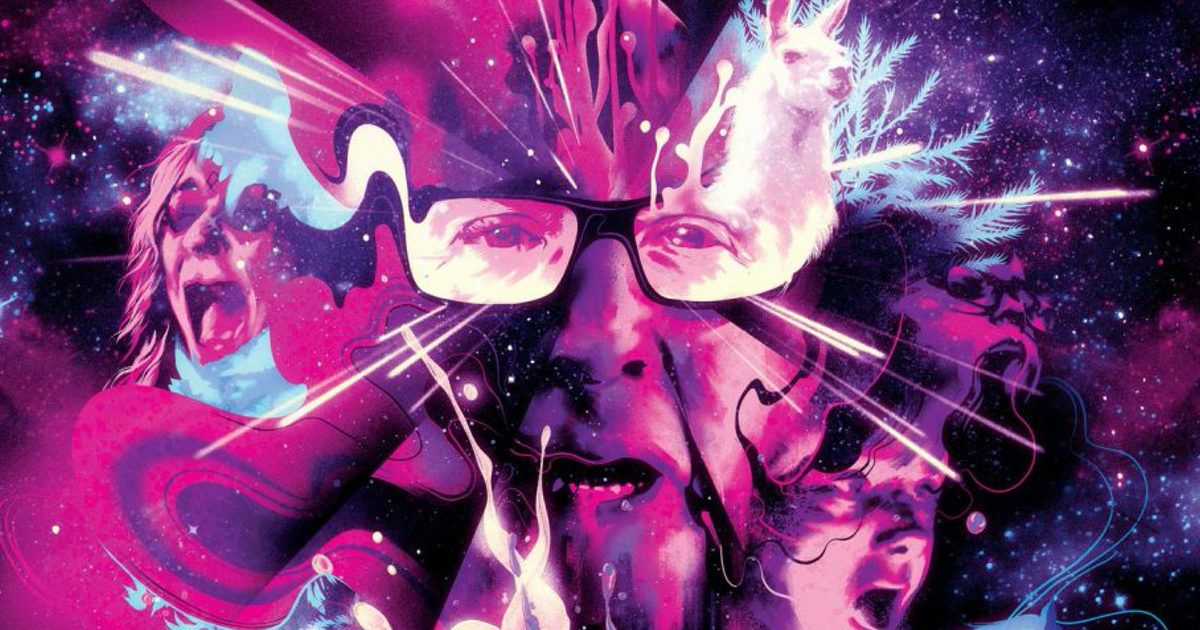
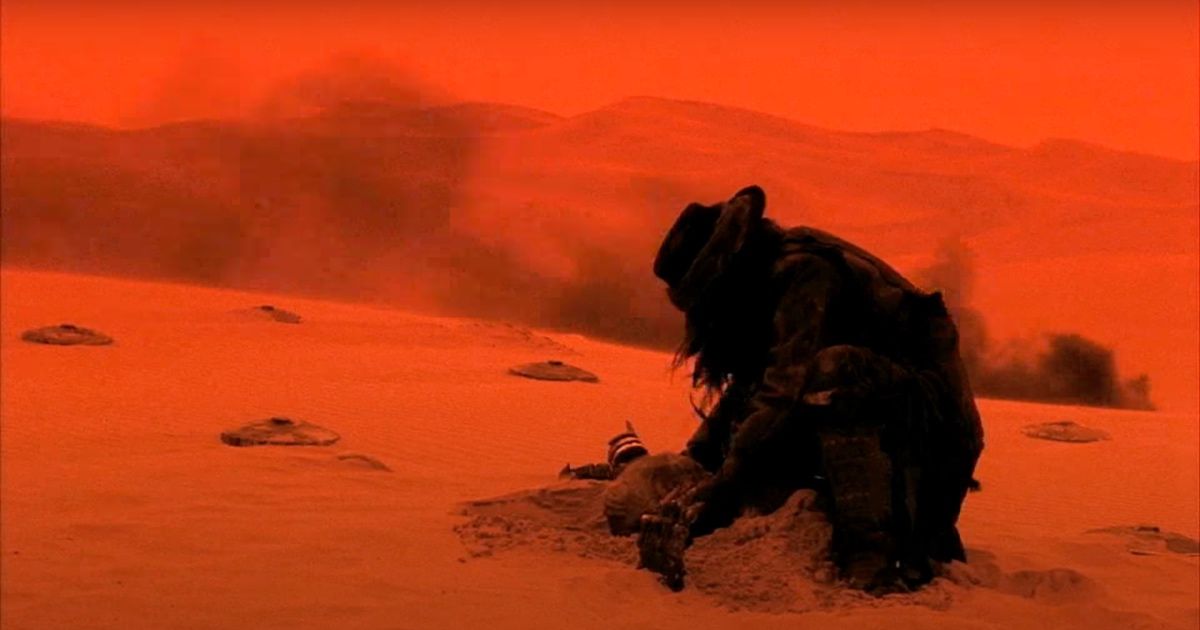
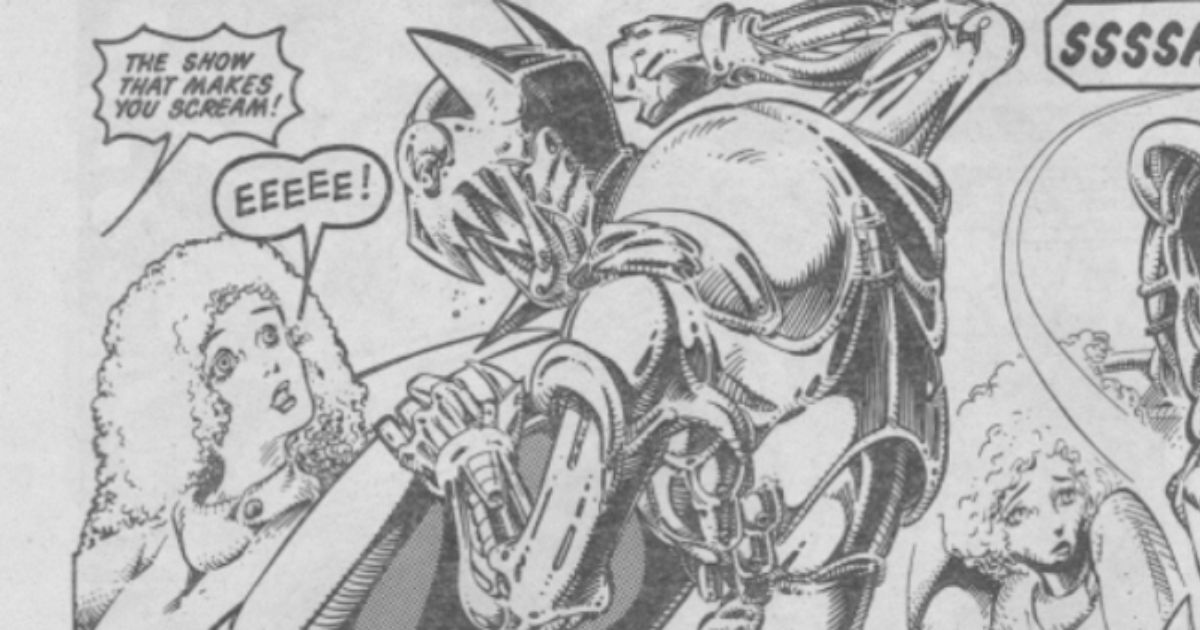
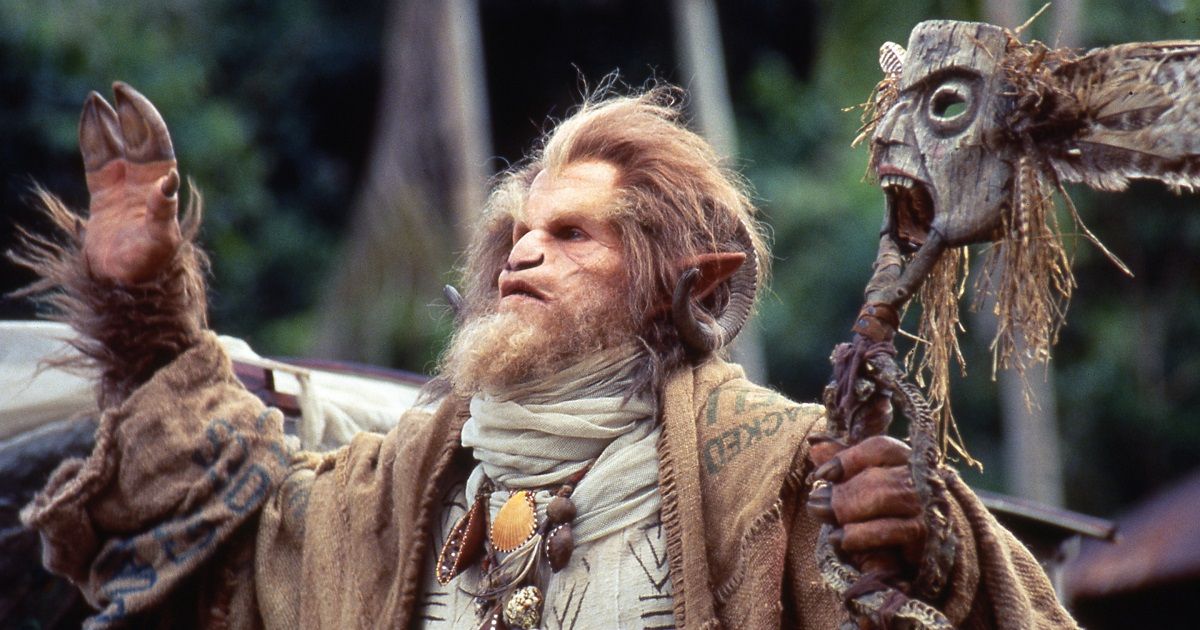
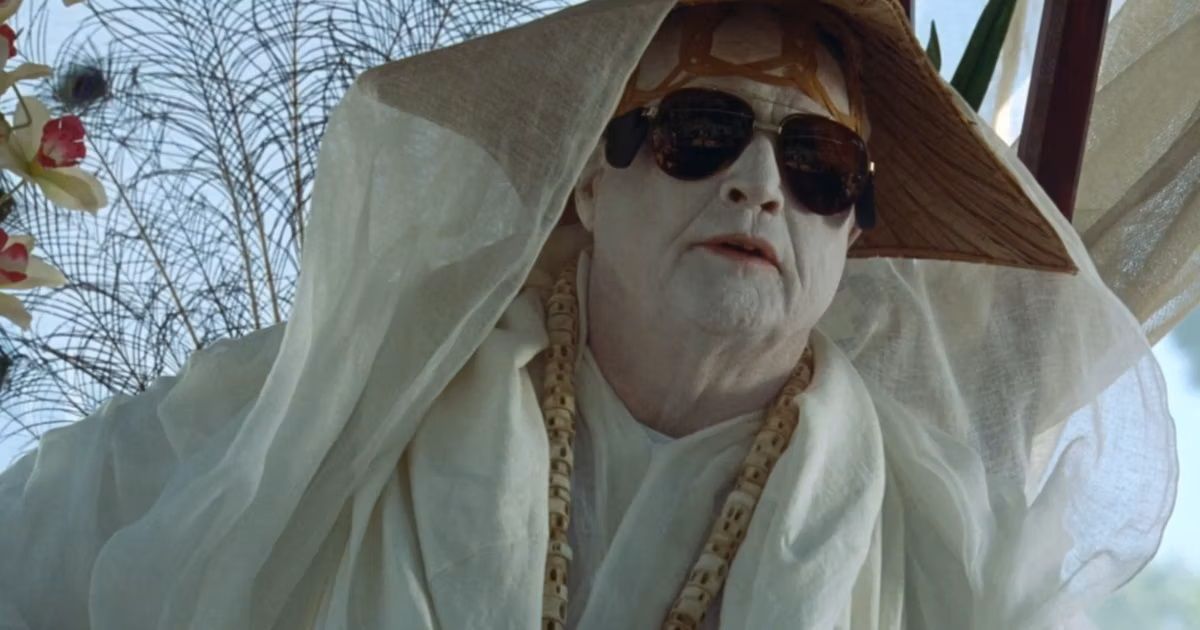
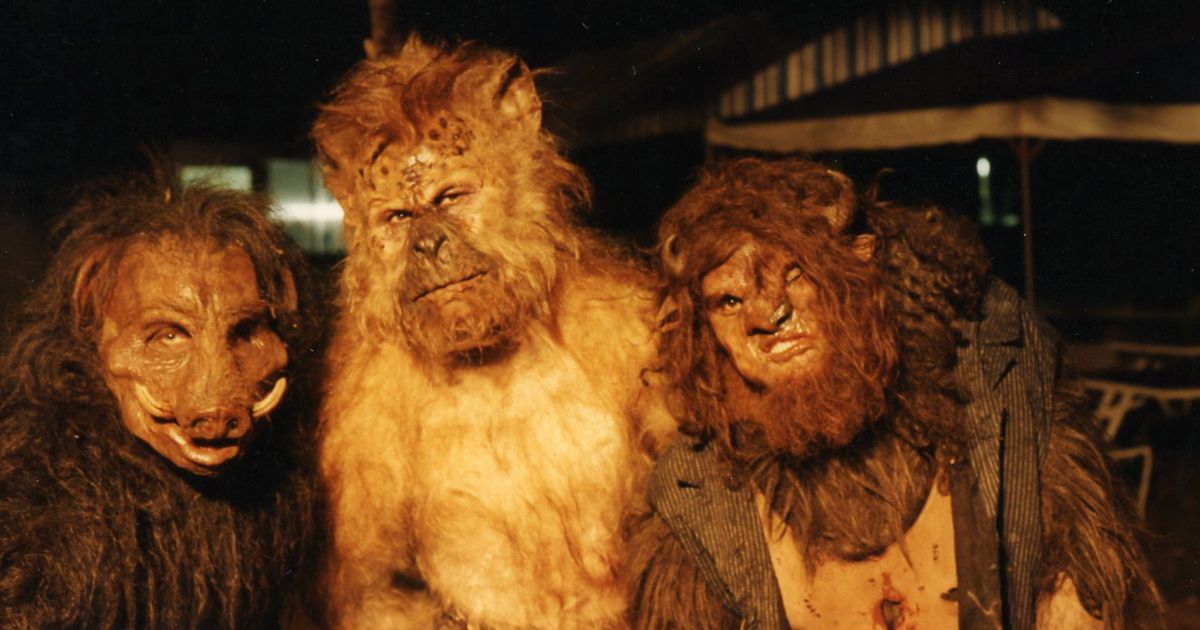
.jpg)
![Tommy Chong Talks Color Out of Space and Being Scared of Horror Movies [Exclusive]](https://static1.moviewebimages.com/wordpress/wp-content/uploads/article/SdGQLGhVAbc5Kn38MM8rVfCrE4WYRC.jpg)